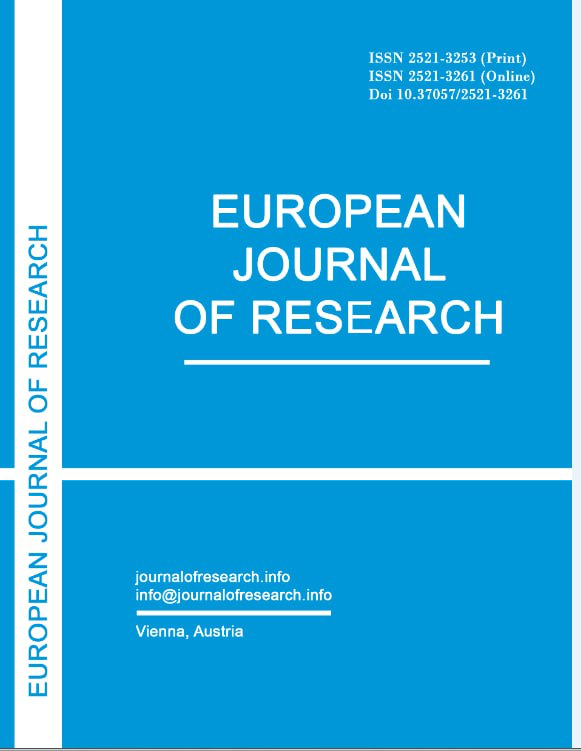Abstract
This article explores the vital role of integrating natural sciences in the
development of ecological culture among students and society. It emphasizes how an interdisciplinary approach to teaching biology, chemistry, physics, and environmental science can enhance understanding of ecological systems, human impact on the environment, and the importance of sustainable practices. By fostering ecological awareness and responsibility through science education, individuals are better equipped to address environmental challenges, adopt sustainable behaviors, and
contribute to the preservation of natural resources. The paper argues that integrating natural sciences into curricula not only deepens scientific knowledge but also cultivates a culture of environmental stewardship necessary for long-term ecological sustainability. The study also examines successful educational strategies and programs that have contributed to building ecological culture, demonstrating the need for comprehensive educational reforms to meet contemporary environmental challenges.
References
J. Mamakhonova. Boshlang’ich sinf o’quvchilarda ekologik bilim va madaniyatni rivojlantirishning nazariy metodologik asoslari. Science and innovation. International Scientific Journal Volume 1 Issue 7,UIF-2022: 8.2 | ISSN: 2181-3337
Abdunazarova Z.X. Tabiiy fanlarni o‘qitishda o‘quvchilarnekologik tafakkurini shakllantirishning o‘ziga xos xususiyatlari // Inter education & global study. 2024. № 3(1). B. 123–129.
Orr. D. W. Earth in Mind: On Education, Environment, and the Human Prospect. Washington, DC: Island Press. 1994.
Tilbury, D. "Environmental education for sustainability: Defining the new focus of environmental education in the 1990s." Environmental Education Research, 1(2), 195-212.1995.
Levstik, L. S., & Barton, K. C. Doing History: Investigating with Children in
Elementary and Middle Schools. Routledge. 2005, ISBN: 978-0-8058-4844-7
Gruenewald, D. A., & Smith, G. A. "Place-Based Education: A Framework for Teaching and Learning." In Place-Based Education in the Global Age: Local Diversity (pp. 1-12). New York: Routledge.2008
Wals, A. E. J., & Dillon, J. Engaging Students in the Research Process: A
Comparative Study of Participatory and Non-Participatory Research in
Environmental Education. Environmental Education Research. Volume: 19, Issue: 5, 607-616 pages,2013.
Global Action Programme on Education for Sustainable Development.UNESCO
(United Nations Educational, Scientific and Cultural Organization).2014, ISBN: 978- 92-3-100036-9
